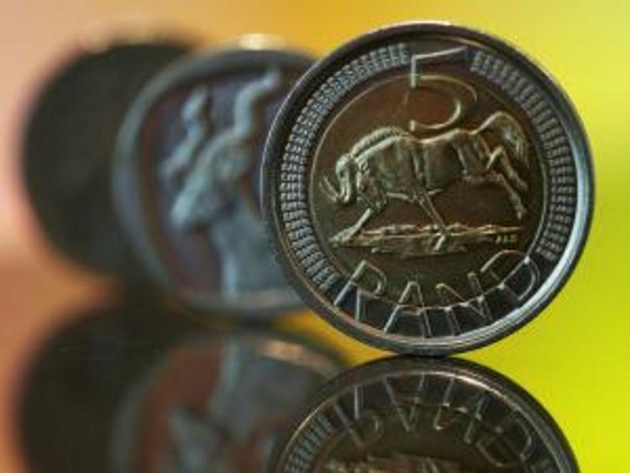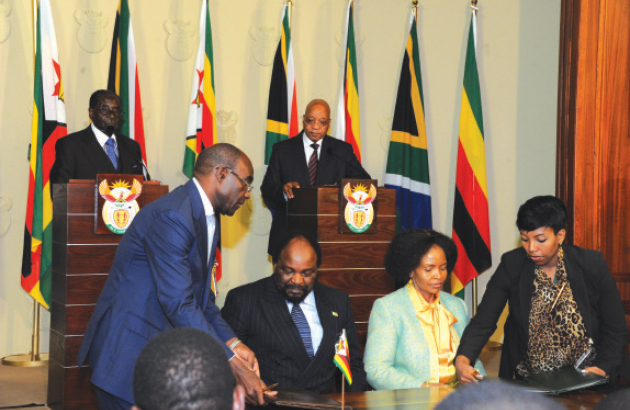Rand coins retain dominancy

 Business Reporters
Business Reporters
SOUTH African rand coins continue to dominate market circulation in Bulawayo and its sister provinces — Matabeleland North and South — despite the introduction of the new bond coins.
The Reserve Bank of Zimbabwe successfully introduced bond coin denominations of 1c, 5c, 10c and 25c in December last year and buttressed the move last week when it introduced the 50c bond coin.
With their value indexed at par with the United States dollar, the bond coins have brought relief to the transacting public in terms of change.
They have also influenced the downward price adjustment of major goods and services, a move that has set the tone for improved business volumes.
However, a snap survey by Chronicle Business this week has revealed that rand coins continue to dominate circulation.
While the public appreciates the value of bond coins and are keen to use them, it has emerged that the new coins have a limited circulation.
Most consumers said shops, vendors and transport operators continue to give them rand for US dollar change despite the differences in exchange rate.
The dollar and the rand exchange rate hovers around 1:11–12.
Sifiso Dube, a commuter omnibus driver plying the Waterford route said bond coins were very scarce in Bulawayo.
“I’ve spotted the 50c bond coin once since it came into circulation last week. Most people carry rand. Some still refuse to have change in bond coins,” he said.
The news crew also established that some vendors and operators were taking advantage of the situation by hoarding the bond coins in order to sell them to oSiphatheleni or run street forex exchange services.
The practice is rife at Egodini terminus where such agents exchange bond coins for R11 per US dollar.
“Most vendors are the ones who hold onto these bond coins and later exchange them for R11. This isn’t good for us since we rate four 25c bond coins to R12,” said a commuter.
Takesure Dube, who deals in money exchange, also said bond coins were scarce in Bulawayo compared to Harare.
“We don’t know why the bond coins aren’t circulating that much or is it because people don’t understand how valuable they are compared to the rand. The rand is no longer viable in Zimbabwe,” said Dube.
An airtime vendor, Mildred Ncube said she rarely comes across bond coins when selling her airtime.
She also said she is not aware of the new 50c bond coin that was availed last week.
“I’m not even aware that there’s a new bond coin. To be honest I haven’t heard anyone talking about it. I’ll look for it and find out what it looks like,” she said.
Reports from our Gwanda and Plumtree Bureaux in Matabeleland South also indicate that consumers have embraced bond coins but are concerned about their limited circulation.
Similar experiences have been reported in parts of Matabeleland North province.
Consumer Council of Zimbabwe (CCZ) boss Rosemary Siyachitema said the limited circulation of bond coins in Matabeleland was understandable given the proximity of the region to South Africa.
“It’s understandable on a geographic level that Bulawayo has more rand unlike Harare. But as long as people have change, to us there is no problem,” she said.
“We need to understand that bond coins were meant to mingle with other currencies. As long as consumers get change in whatever currency, it doesn’t matter.”
Zimbabwe also uses the Botswana Pula, although its circulation is minimal compared to rand.
Comment could not be obtained from the Reserve Bank of Zimbabwe which had not responded to questions sent last week by the time of going to print.










Comments